Understanding Medium Voltage Cables: Key Benefits and Applications in Modern Power Systems
In the ever-evolving landscape of modern power systems, the significance of Medium Voltage Cable cannot be overstated. These cables serve as vital conduits for the distribution of electricity, bridging the gap between high-voltage transmission networks and low-voltage consumer connections. With their ability to handle voltages typically ranging from 1 kV to 35 kV, Medium Voltage Cables provide critical functionality across various applications, including industrial facilities, commercial buildings, and renewable energy installations. Understanding the key benefits of Medium Voltage Cables, such as enhanced safety, improved efficiency, and reduced installation costs, is essential for stakeholders aiming to optimize power distribution strategies in today's energy-conscious environment. This article will delve into the advantages and applications of Medium Voltage Cables, highlighting their pivotal role in fostering reliable and sustainable power systems.
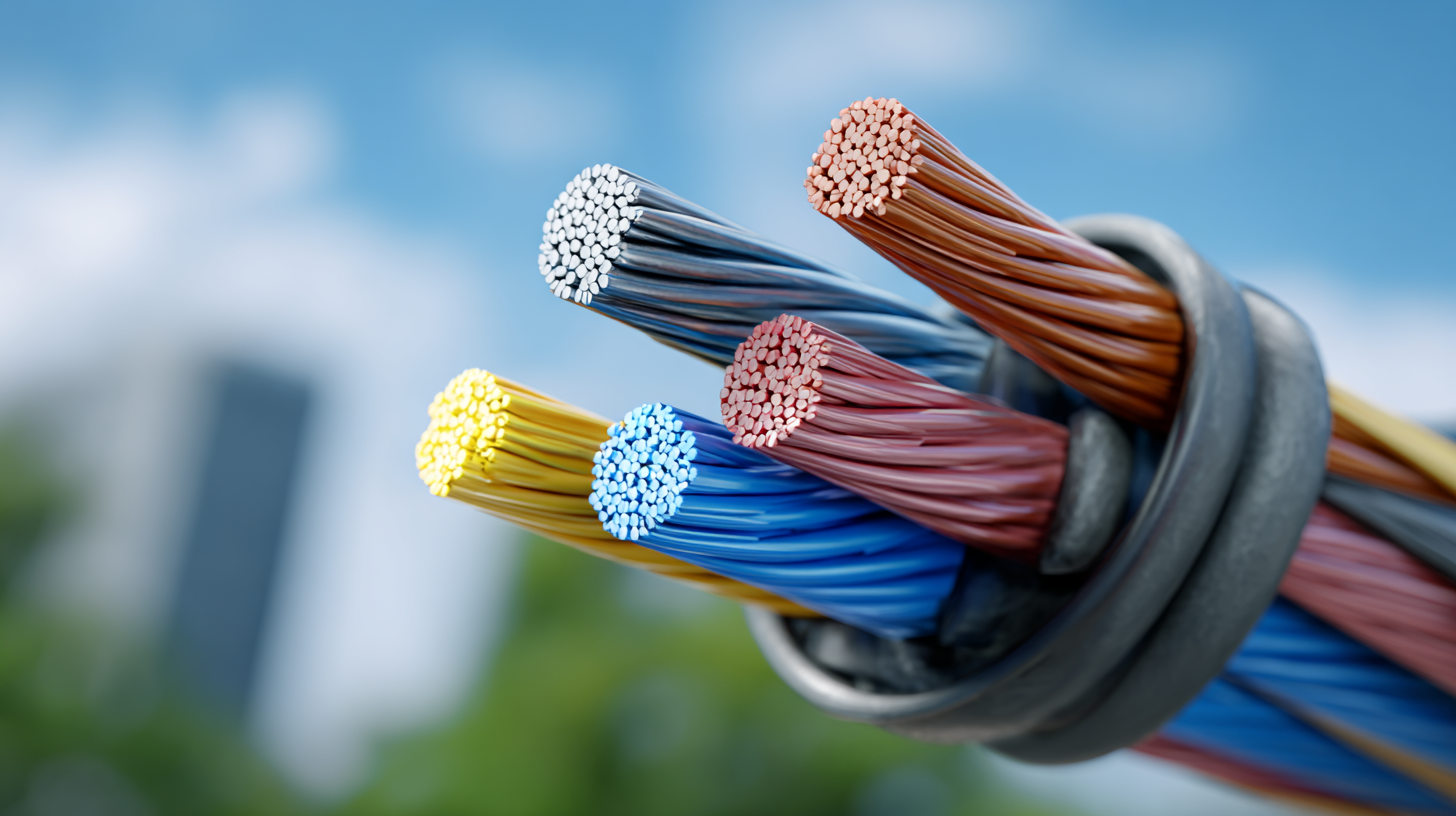
Key Advantages of Medium Voltage Cables in Modern Power Systems
Medium voltage cables (MV cables) are becoming increasingly essential in modern power systems, offering numerous advantages that enhance both efficiency and reliability. One of the key benefits is their ability to handle higher voltage levels—typically ranging from 1 kV to 35 kV—while maintaining safety and efficiency. According to a report by the International Energy Agency (IEA), the demand for MV cables is projected to grow at a compound annual growth rate (CAGR) of 5.6% from 2023 to 2030, driven by the expansion of renewable energy sources and smart grid implementations.
Additionally, MV cables are designed for durability and long service life, reducing the frequency of repairs and replacements. They are crafted to withstand harsh environmental conditions, which minimizes outages and maintenance costs. The World Energy Council reports that utilizing MV cables can yield up to a 30% reduction in transmission losses compared to traditional low-voltage systems. This efficiency not only contributes to lower operational costs but also supports the transition towards more sustainable energy practices, making MV cables a critical component of future-proof power infrastructure.
Common Applications of Medium Voltage Cables in Infrastructure Projects
Medium voltage cables play a crucial role in the infrastructure of modern power systems, particularly in applications such as industrial plants, commercial buildings, and utility projects. According to a recent report by Research and Markets, the global medium voltage cable market is expected to reach USD 54.5 billion by 2025, growing at a CAGR of 6.8% from 2020. This growth is largely driven by the increasing demand for a reliable power supply in various sectors, including renewable energy, where medium voltage cables are essential for connecting renewable generation facilities to the grid.
In infrastructure projects, medium voltage cables are commonly used to power substations, hospitals, and large-scale manufacturing facilities. They provide a stable and efficient means of transmitting electricity over distances without significant power loss, crucial in urban environments where ground space is often limited. For instance, in the construction of new smart cities, medium voltage cables facilitate the integration of smart grid technologies, enhancing energy distribution and management. Furthermore, with advancements in cable technology, such as improved insulation materials and construction techniques, these cables offer enhanced performance, leading to increased safety and reliability in power delivery.

Choosing the Right Medium Voltage Cable for Your Electrical Needs
Choosing the right medium voltage cable is crucial for ensuring efficient and reliable electrical systems in various applications, from industrial plants to commercial buildings. According to a report by ResearchAndMarkets, the global medium voltage cable market is predicted to grow at a CAGR of 5.2% from 2021 to 2026, driven by the rising demand for electricity and infrastructural development. When selecting a medium voltage cable, it’s essential to consider factors such as voltage rating, conductor material, insulation type, and environmental conditions. Opting for cables that comply with industry standards, like IEC or IEEE, can significantly improve safety and performance.
**Tips:** Always check the cable's thermal rating to prevent overheating, especially in high-load applications. Additionally, consider the installation environment; for instance, cables used in moist or corrosive areas should have enhanced insulation and protective coatings to ensure longevity.
It’s advisable to match the cable specifications with the specific requirements of your electrical system. For instance, using high-quality copper conductors can reduce power losses, enhancing the overall efficiency of your power distribution. Furthermore, investing in cables with higher short-circuit ratings can provide extra protection, ensuring the safety and longevity of your entire power system.
Understanding Medium Voltage Cables: Key Benefits and Applications
Maintenance Tips for Optimizing the Lifespan of Medium Voltage Cables
To ensure the longevity of medium voltage cables, regular maintenance is essential. One effective strategy is to conduct routine visual inspections to identify any signs of wear, such as cracking or discoloration in the insulation. Additionally, monitoring the physical environment around the cables can help prevent external factors like moisture or chemicals from causing damage. Keeping the installation area clean and clear of debris also minimizes risks that could lead to cable deterioration.
Furthermore, it's crucial to implement thermal imaging techniques to detect hotspots that may indicate electrical overload or poor connections. This proactive approach not only helps in addressing minor issues before they escalate but also aids in maintaining optimal performance. Regular testing of insulation resistance and other electrical parameters can provide valuable insights into the cable's health, allowing for timely replacements or repairs. By adhering to these maintenance tips, users can significantly extend the operational lifespan of medium voltage cables, ensuring reliability and safety in modern power systems.

Future Trends in Medium Voltage Cable Technology and Design
The landscape of medium voltage cable technology is rapidly evolving, particularly in the context of renewable energy applications such as wind energy. With the steep rise in demand for sustainable power solutions, medium voltage cables play a crucial role in connecting wind turbines, converting generated electrical energy into a form that can be integrated into the grid. As indicated by recent market forecasts, the wind energy cable market is projected to grow significantly, highlighting the increasing reliance on these cables to facilitate the efficient transmission of power from wind farms.
Future trends in medium voltage cable design focus on enhancing performance and sustainability. Innovations are being driven by the need for materials that ensure higher efficiency, greater flexibility, and improved resistance to environmental challenges. As the industry anticipates compound annual growth rates of over 8% in sectors like wind energy, manufacturers are exploring advancements in cable insulation and conductors that will optimize energy transfer and minimize losses.
This shift not only supports the transition to greener energy but also positions medium voltage cables as vital components in the modernization of power systems, paving the way for a more sustainable energy future.
Related Posts
-
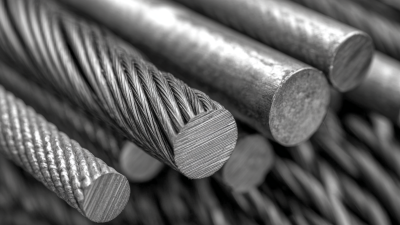
Navigating Industry Production Standards Challenges for Best Medium Voltage Cable
-
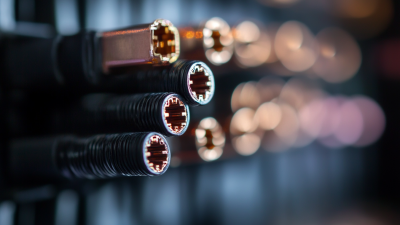
How to Choose the Best Power Cable for Your Global Sourcing Needs
-
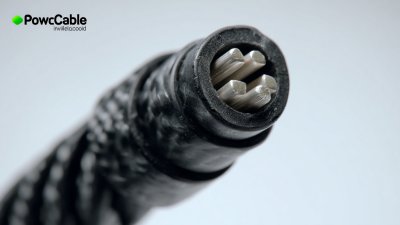
Exploring Innovative Alternatives to Best Power Cable Electrical for Sustainable Solutions
-
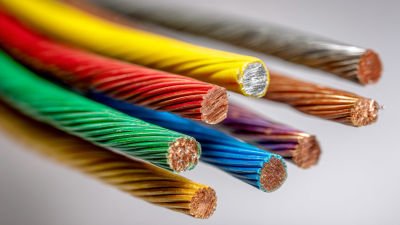
Ultimate Comparison: Top 5 Best Medium Voltage Cables for Your Industrial Needs
-

The Ultimate Guide to Choosing the Right Voltage Cable for Your Needs
-
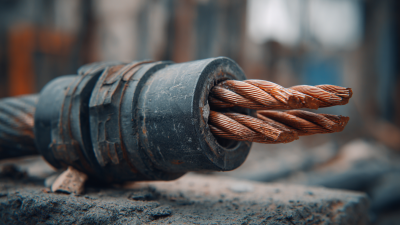
Discovering the Best Voltage Cable Options for Your Electrical Projects
